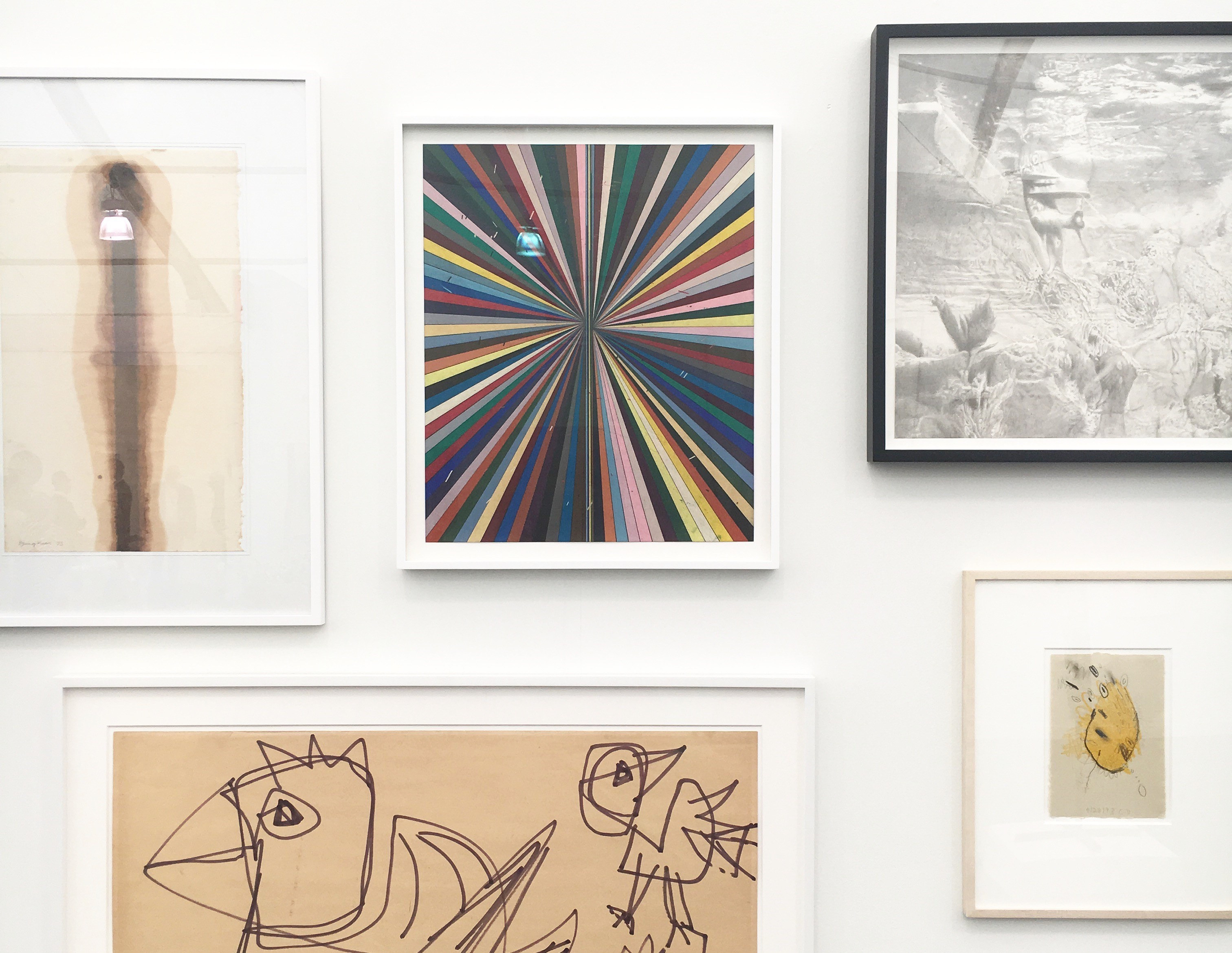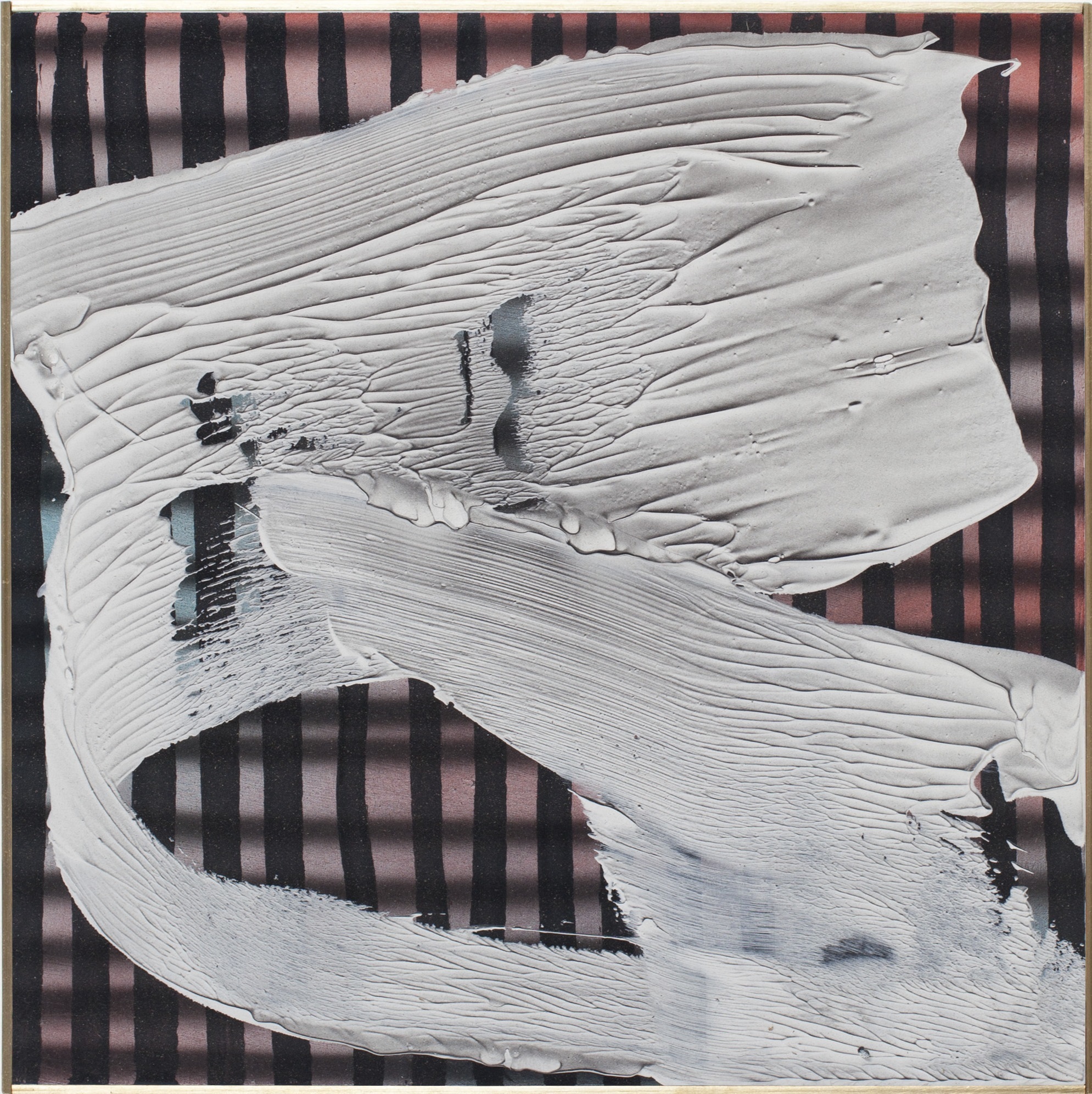Starving artist? Try starving collector.
About a year ago, I made the decision to begin collecting art. While I have not looked back – and don’t tell my parents this – I have certainly skipped a meal or two to save up towards the paintings that hang in my room today. The emergence of social media in the past ten years has helped democratize art in ways previously never before seen. Alongside Instagram posts of Ramen burgers and cereal ice cream, the occasional Snapchat in an art gallery has made its way into being trendy. With this increased accessibility, art collecting has also widened its reach and is no longer a hobby strictly reserved for the old and rich.
There are several “guides” to beginning collecting that discuss the unwritten rules of collecting, where to buy your first painting, and getting that coveted art fair VIP card. This is not one of those guides. Rather, I have laid out what I have learned to be important traits for a new collector as well as tips before you take the plunge. I am by no means an expert art collector, but I hope to share my insights to inspire and guide those embarking on this lifelong journey.
 IN THE PHOTO: ARTWORK BY EDDIE MARTINEZ AT MITCHELL-INNES AND NASH GALLERY PHOTO CREDIT: IMPAKTER/GARY YEH
IN THE PHOTO: ARTWORK BY EDDIE MARTINEZ AT MITCHELL-INNES AND NASH GALLERY PHOTO CREDIT: IMPAKTER/GARY YEH
1. Knowledge Is Key
Read exhibition reviews, press releases, artist interviews and fully immerse yourself in art. Only by knowing the type of art that currently exists on the market and what existed before can you judge the originality and worth of a new artwork. There are countless artists who are trending one year and quickly die out the next because the work itself was never able to sustain the hype. Feel free to listen to art advisers and gallerists, but also understand they make a living by selling art. Use people for their knowledge but acquire a work based on your own feelings. Oh, and of course, do not forget to see art in person. The experience of seeing far outweighs any sort of research on paper.
Related article: “MILAN AND MIART, BOOMING CONTEMPORARY ART“
 IN THE PHOTO: PETER MOHALL, “UNTITLED,” 2014 PHOTO CREDIT: PETER MOHALL
IN THE PHOTO: PETER MOHALL, “UNTITLED,” 2014 PHOTO CREDIT: PETER MOHALL
2. Confidence Takes Years To Attain.
Personally, the most difficult aspect of collecting art is trusting your own taste. The first painting I bought was by an artist who had no gallery representation. That decision was a little reckless but instinctual and the painting still hangs as my favorite piece to date. On the other hand, when I bought for the wrong reasons and had hesitations from the start, one of those paintings is now – dare I say it – a burden. No collector has the perfect eye, so embrace the fact that half the fun of art collecting is buying work that not everyone will enjoy. Collections of well-curated and diverse work will always be more stimulating than a collection of only Warhols.
3. Before Acquiring Your First Artwork, Wait A Full Year
There are only a handful of artists that I was seriously considering collecting last year that I am still considering now. The truth is that tastes change. It is impossible to discover your likes and dislikes only three months after deciding to collect art. Art can be pricey so it is better to make smart acquisitions than emotional ones. There is no need to worry that prices are going to skyrocket or that you will miss out on a good buying opportunity. If an artist has staying power, you will still be getting a bargain one year later compared to where the artist’s work might be ten years from now.
For a full mindmap containing additional related articles and photos, visit #ContemporaryArt
 IN THE PHOTO: ARTWORK BY PHILIP GUSTON AT HAUSER & WIRTH GALLERY, PHOTO CREDIT: IMPAKTER/GARY YEH
IN THE PHOTO: ARTWORK BY PHILIP GUSTON AT HAUSER & WIRTH GALLERY, PHOTO CREDIT: IMPAKTER/GARY YEH
4. Having Limited Funds Is Actually A Huge Advantage
While that may sound counter-intuitive, collecting on a tight budget forces you to think through every acquisition as if it is your last. My greatest struggle as a collector today is sifting through my wish list of artists. I have yet to acquire a new work this year because of the challenges associated with timing acquisitions according to how I think each artist will develop relative to each other. This slower approach, however, naturally helps weed out good works from great ones. Each new piece holds significantly more weight within a small collection because it can completely enhance or alter the context of the other works. Developing the eye of a curator at the onset thus makes for well-thought-out and disciplined collecting behavior.
5. Instagram Is Your Own Private Viewing Room
Normally, I would suggest waiting to see an artwork in person before purchasing, but I broke that rule on day one. I purchased my first painting after seeing the piece on the artist’s Instagram feed. While not a conventional method of viewing art, social media is a powerful tool to see hundreds of images on the go. As more and more artists embrace Instagram to display artwork, these digital platforms supplement gallery exhibitions by providing a more comprehensive look at all the art being produced. Instagram is also a useful resource for staying informed on the latest museum and gallery shows.
 IN THE PHOTO: JOE REIHSEN, “I THINK YOU REMEMBER ME TOO,” 2015, PHOTO CREDIT: IMPAKTER/GARY YEH
IN THE PHOTO: JOE REIHSEN, “I THINK YOU REMEMBER ME TOO,” 2015, PHOTO CREDIT: IMPAKTER/GARY YEH
6. Art Does Not Discriminate
There has never been a more opportune time to begin collecting art. An influx of online art startups has helped create an environment where anyone and everyone can collect. In the traditional gallery circuit, while there will always be waitlists for hot artists and some dealers that cater only to the posh collector, approaching art with genuine interest is guaranteed to return positively. At the end of the day, artists want their work in the hands of people who will enjoy the art and pass it on to an institution years down the road. No matter the age or the background, I have quickly learned that the best conversations and relationships grow out of art for art’s sake.
Now get collecting! Well, wait a year first.
Wanna talk art? Send me an email at gary.yeh@impakter.com or find me on Instagram @ArtDrunk.
Recommended reading: “DAVID BOWIE ART COLLECTION REVEALED FOR THE FIRST TIME“














